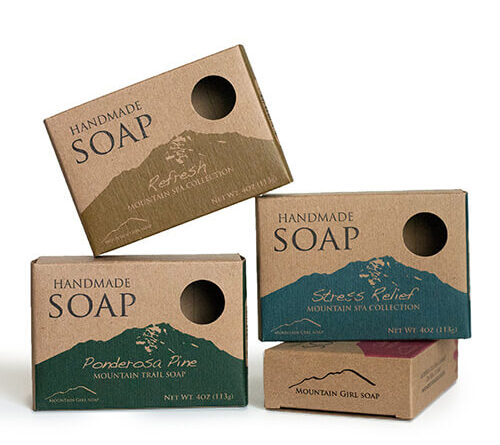Are all soaps made the same way?
Soaps come in different sizes, shapes and colors. They are an essential element to everyone’s daily routine. So it does not come as a surprise that there are multiple ways brands use their Custom soap boxes to create a different appeal than the hundreds of competing shareholders sitting beside them on the aisle.
Let us give you a work around of the different soaps that are available to you and how they are made. It obviously differs depending on the main element and flavor they are going for. But there is a basic foundation of making soap and here is how it goes.
Whole, Natural Ingredients
Commercial soap bars are slowly but surely going out of style because of all the synthetic components used in the process whereas handmade soaps contain natural oils and none of those chemical detergents that cause dryness and irritation in the skin.
A natural by-product of soap is glycerin, which is essential for moisturizing the skin. Large scale manufacturers idiotically remove this ingredient that actually causes the dryness and instead add other chemicals just for the sake of profitability. You can check if this ingredient is available in soap packaging boxes.
Eco Friendly
Going green is the way to go! And new handcrafted soaps are just that. Most of the products used in soap making are easily sourced in ways that do not harm the environment. A lot of lush bath bomb boxes have entered the market that are also beautiful and decorative so as to not compromise any angle of branding and marketing.
Cold Process and Hot Process soaps
When making soap from scratch, the cold process is typically preferred because of the ease. As the name suggests, the cold process does not add heat to the initial soap-making process, which in general generates heat. Cold-processed soaps are opaque and usually end up with an opaque and translucent appearance depending on the oils used. They can also be creamy in texture. The lather can range from slick and fluffy to large and tiny. The hardness of the oil is determined by the amount of water used and the period of time it is allowed to dry. These soaps become harder as water evaporates from them.
Hot process soaps as the name obviously suggests, require an additional step of heat. This is done to speed up the chemical reaction and make the soap feel smoother. The hardness is still determined by the oils used. The amount of water use, and how much of the water allow to evaporate. The color produced at the end is the same as that of cold processed soap. Whereas the choice of oils determine the sort of lather and texture at the end.
Synthetic Soaps
If soap makers want an easier way to make soap, they can purchase ready-made soap bases. All they have to do is melt the base, add the fragrance, color, and other ingredients, and pour it into the shape of their choice. Handcrafters benefit from using soap bases because they can skip the chemical reaction process. And simply create the desired end color and fragrance of their choice.
However, there is a catch in this as not all ready-made soap bases are made with the same ingredients. Some are genuine soaps that go through a chemical reaction, while others contain synthetic detergents.
This all depends on your choice and the sort of end product you want to go for. Hardness, texture, ingredients are all in your hands and you can create a basic necessity into a luxury item. Or a cheap off the shelf item that catches the customer’s eye.
